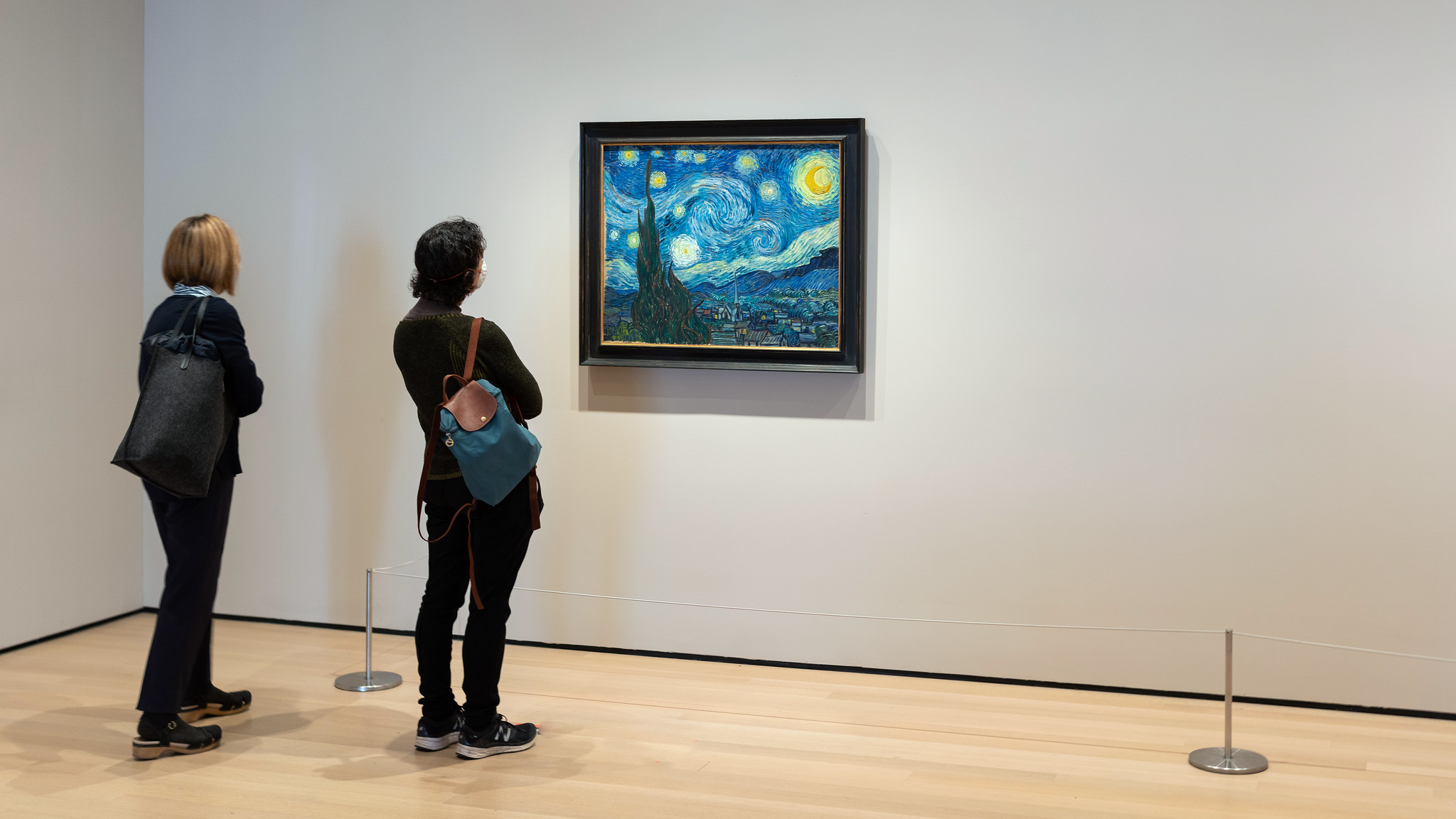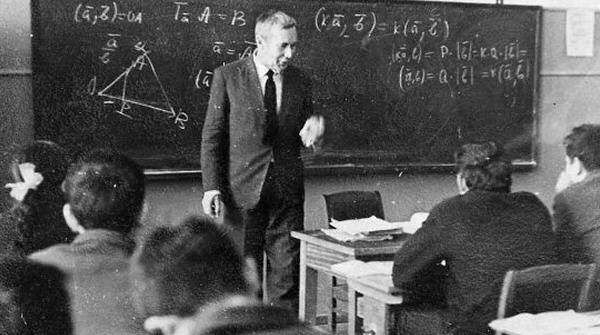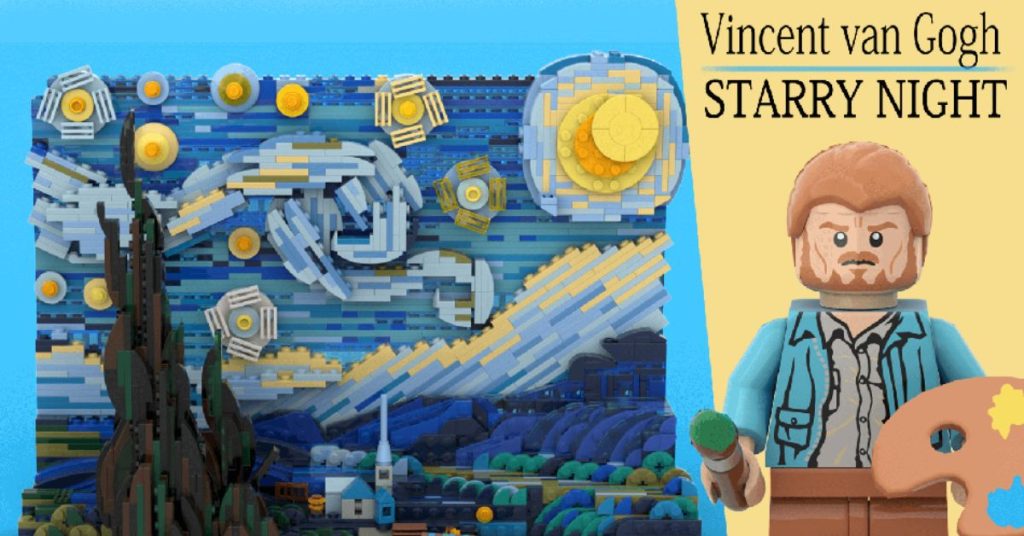Van Gogh's Beautiful Brushstrokes
Vincent Van Gogh was a famous artist who painted “The Starry Night” in 1889.
This painting is filled with swirling clouds and eddies of stars. Van Gogh and other Impressionist artists represented light differently than their predecessors.

They captured its motion, such as twinkling starlight and sun-dappled waters.
The effect is caused by luminance, the intensity of the light in the colors on the canvas.
Our Brain's Interpretation
Our brains have a primitive part that sees light contrast and motion but not color.
It will blend two differently colored areas if they have the same luminance.

But our brains’ primate subdivision will see the contrasting colors without mixing.
With these two interpretations happening at once, the light in many Impressionist works seems to pulse, flicker and radiate oddly.
Turbulence in Fluid Dynamics

Turbulent flow in fluid dynamics is a concept that is hard to understand mathematically.
It is so tricky that German physicist Werner Heisenberg once said that when he meets God, he will ask him why relativity and why turbulence.
In other words, even he thought it was that difficult!
Kolmogorov's Equation

Sixty years after Van Gogh painted “The Starry Night,” Russian mathematician Andrey Kolmogorov proposed that energy in a turbulent fluid at length R varies in proportion to the 5/3rds power of R.
Experimental measurements show Kolmogorov was remarkably close to the way rough flow works.
However, a complete description of turbulence remains one of the unsolved problems in physics.
The Hidden Pattern in Van Gogh's Paintings
In 2004, scientists used the Hubble Space Telescope to study a distant cloud of dust and gas around a star.
They saw the eddies of the cloud, and it reminded them of Van Gogh’s “Starry Night.” Scientists from Mexico, Spain, and England studied the luminance in Van Gogh’s paintings in detail.
They discovered a distinct pattern of turbulent fluid structures close to Kolmogorov’s equation hidden in many of Van Gogh’s paintings.
Van Gogh's Period of Psychotic Agitation
The researchers digitized the paintings and measured how brightness varies between two pixels.
From the curves measured for pixel separations, they concluded that paintings from Van Gogh’s period of psychotic agitation behave remarkably similarly to fluid turbulence.
/https://tf-cmsv2-smithsonianmag-media.s3.amazonaws.com/filer/f3/fa/f3fa8097-4f45-4555-96de-a6cc736e6587/van_gogh_angle1_starry_night_300dpi.jpg)
His self-portrait with a pipe, from a calmer period in Van Gogh’s life, showed no sign of this correspondence.
And neither did other artists’ work that seemed equally turbulent at first glances, like Munch’s “The Scream.”
Conclusion
Van Gogh was able to depict turbulence in his paintings during intense suffering.
His unique mind’s eye was able to unite with the deepest mysteries of movement, fluid, and light.
It is truly unique how an artist could use his creativity to represent one of the most challenging concepts nature has ever brought before mankind.
To access relevant information, check out the following blogs:
- Kangaroo Math Blog for Mathematics
- Kancil Science Blog for Science
- Beaver Computational Thinking Blog for Computer Science
- Kijang Economy Blog for Economics.



